NEW YORK — Several locations on the Northeast Corridor risk inundation from rising waters as a result of climate change, according to a report prepared for Amtrak.
Bloomberg reports that the three-volume study, “Amtrak NEC Climate Change Vulnerability Assessment,” was prepared by two consulting firms and was completed in April 2017. Bloomberg obtained a partially redacted version through a public records request.
At significant risk, according to the Amtrak document, is a 10-mile stretch of track near Wilmington, Del., where the Corridor runs near the Delaware River, and Amtrak’s Consolidated National Operations Center in Wilmington, located adjacent to the Christina River.
The report recommended the construction of temporary flood barriers that can be installed prior to a storm and removed afterward. Those walls would cost $24 million per track mile, and estimated the total cost of protecting the Wilmington area at $78 million. The Amtrak document also suggested a similar detailed analysis of risks to the rest of the corridor; a section analyzing the full costs and benefits of protecting the corridor was redacted.
Data provided to Bloomberg by a climate scientist suggests chronic inundation — defined as flooding twice or more per month — is also possible in the area of New Haven, Conn., and in New York and New Jersey.
The Bloomberg article notes that Amtrak’s most recent strategic plan made no mention of climate-change issues, although it was added following Bloomberg’s inquiry, and quotes Stephen Gardner, Amtrak executive vice president and chief commercial officer as saying in a November interview, “We don’t see any fundamental risks to the integrity of the corridor.”





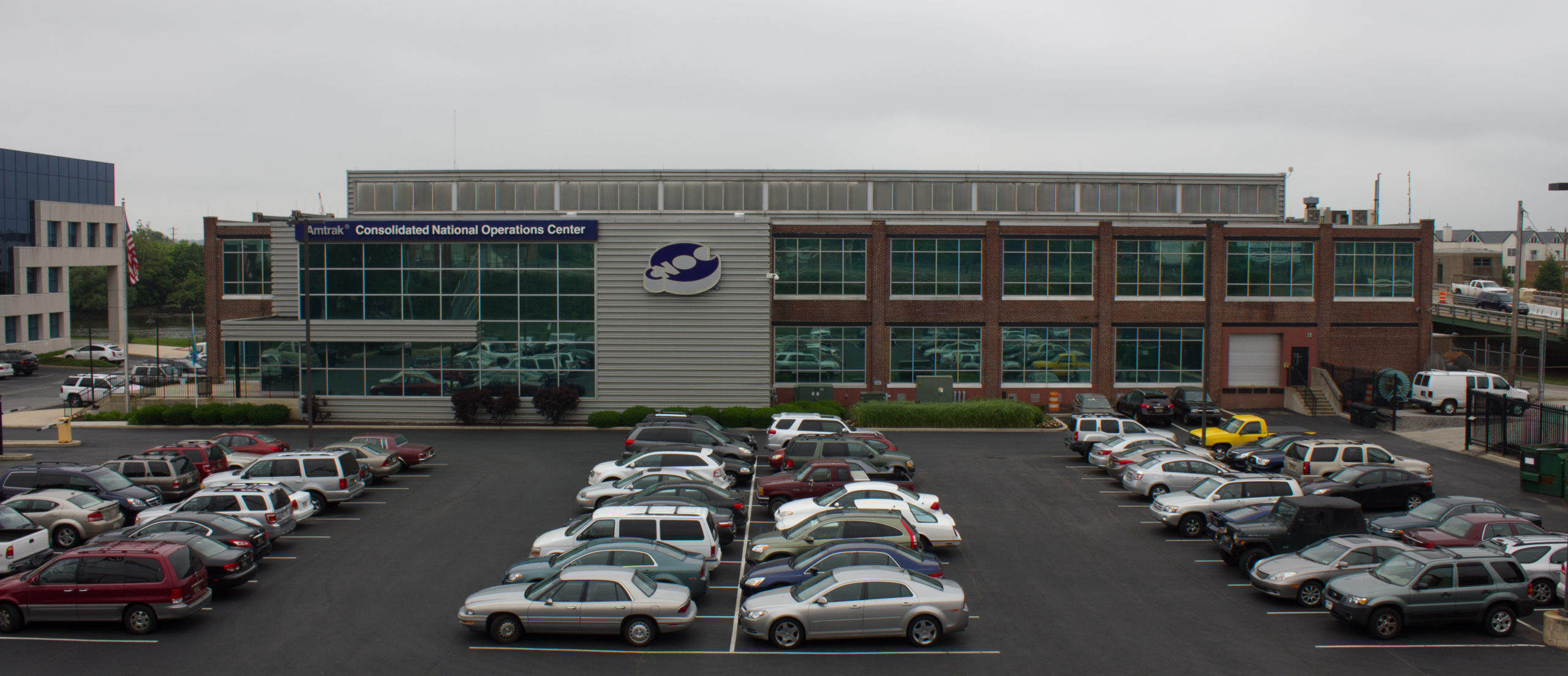

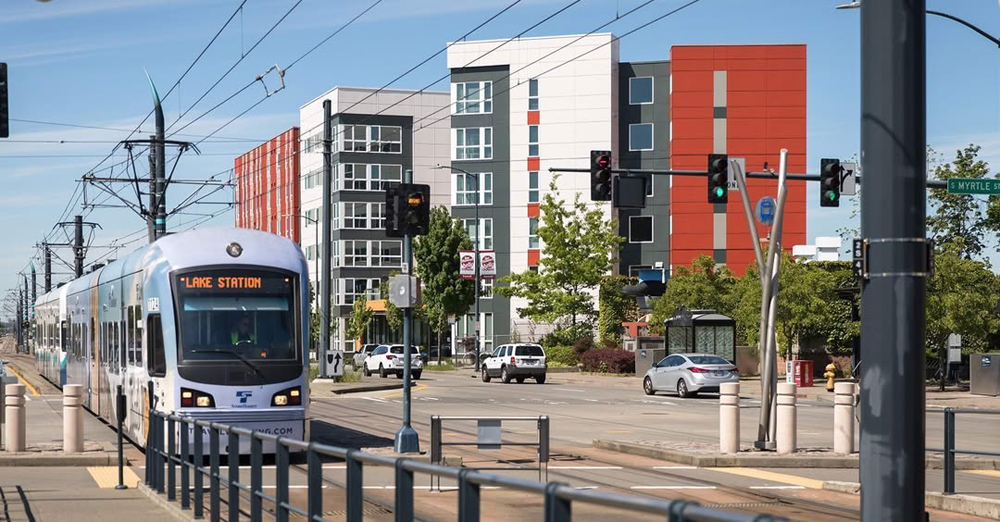
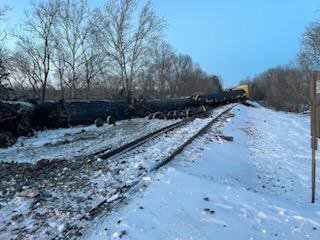
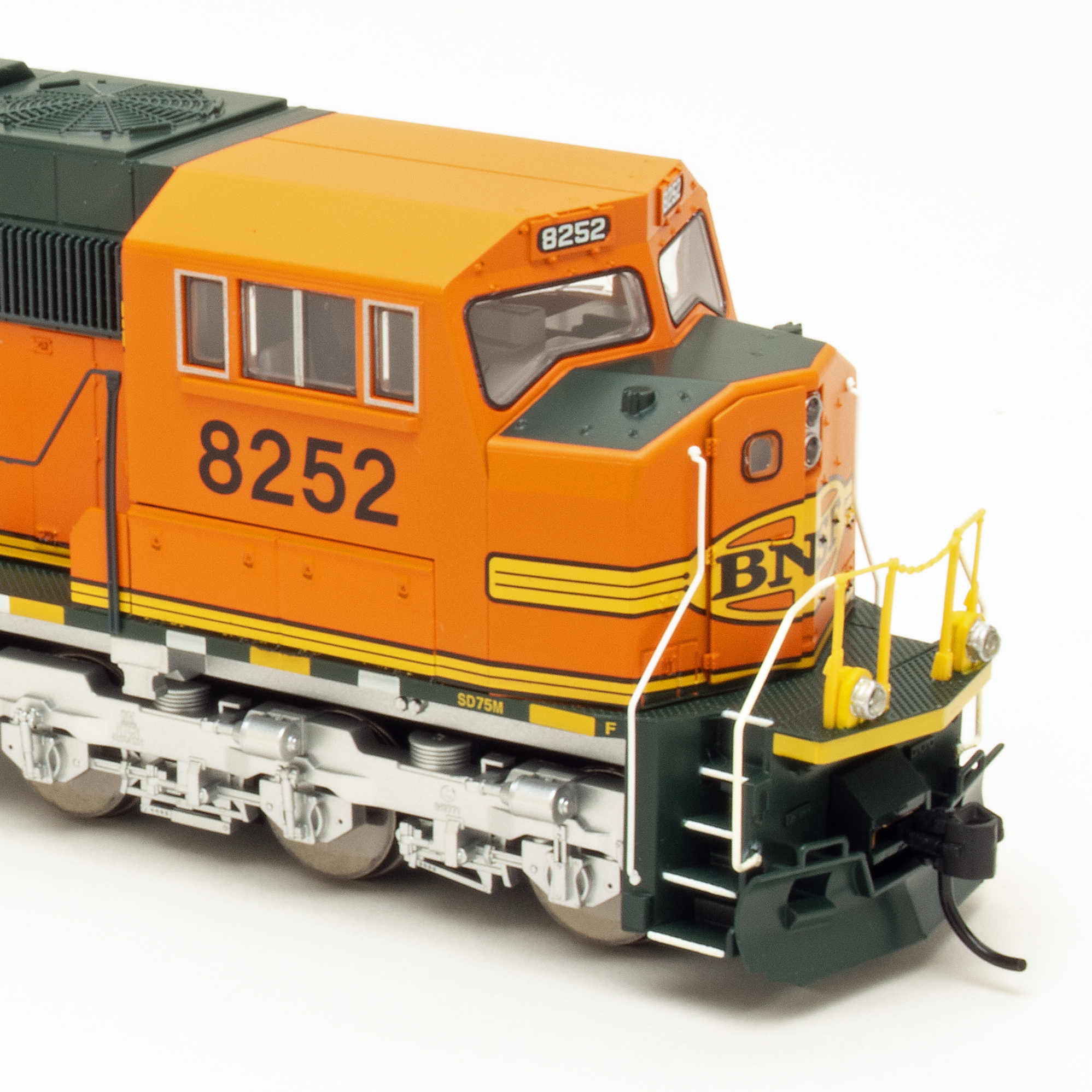
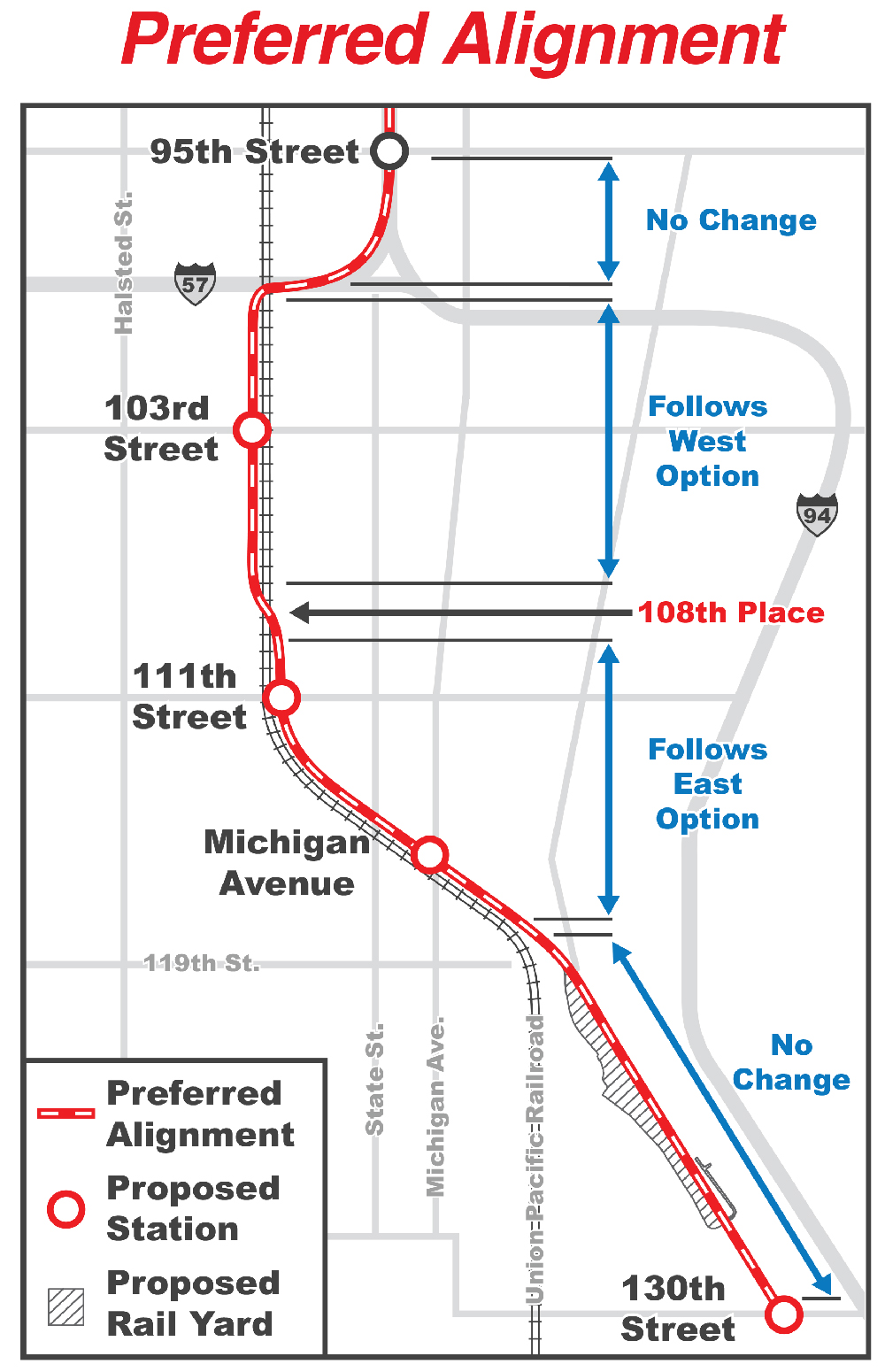




So, trying to do a Kyoto Accords/Green panic, eh Trains? The Great Hurricane of 1821, the Long Island (& Norfolk in some quarters) Hurricane, an estimated four times the strength of Superstorm Sandy, this storm did a direct hit on New York Harbor fortunately at low tide. Today with such a storm New York City would be essentially over; car float operations would have to be used until all the tunnels got pumped out. Unfortunately carbon taxes, a Green New Deal, and defeating Trump in 2020 wouldn’t help. So, Trains, how prepared is Amtrak, Metro-North, the MBTA, etc., for adverse weather and such other things? Back in 2012 we know NJ Transit lost hundreds of millions because a no-overtime order meant no one was detailed to move dozens of new locomotives and other equipment to higher ground. Boston’s Fitchburg line used to get closed every few years by high water in Somerville, even while Trump was a kid or not even born–so you can’t blame him for that..
Coastlines are washing away everywhere, so it would make sense to relocate lines & facilities further away from the ocean and rivers. This should be a prime opportunity to replace some of the outdated infrastructure.
Two degrees over 100 years in most studies would be the margin of error. Back in the 1960s there are all kinds of articles in the National Geograpic Mag on global cooling by scientist. Storms happen its nature if the spots low it will flood some day. Every thing new should be built to withstand or think about by passes or moving.
Just because some people don’t understand cause and effect, plus core studies, plus long term accumulation, plus natural vs. industrial input, doesn’t mean that it’s “junk science”.
Milankovitch Cycles. See I can do it too!
Are you kidding? More junk science; glad to see Mr. Gardner has some good horse sense.
Herb,
I think you meant post-Sandy…Katrina took out New Orleans, LA.
I was only being a little facetious in an earlier post when I suggested the Maybrook Gateway and the Poughkeepsie bridge be recalled to service. One need only look at the pictures of the 1935 hurricane and recall the weeks the Shoreline was out of service to see the logic of having an alternate route. Also remember the damage to the Pennsy tubes and the time they were out of service post-Katrina. Are tubes really the best way to go? Considering the cost, people might want to reconsider
smh